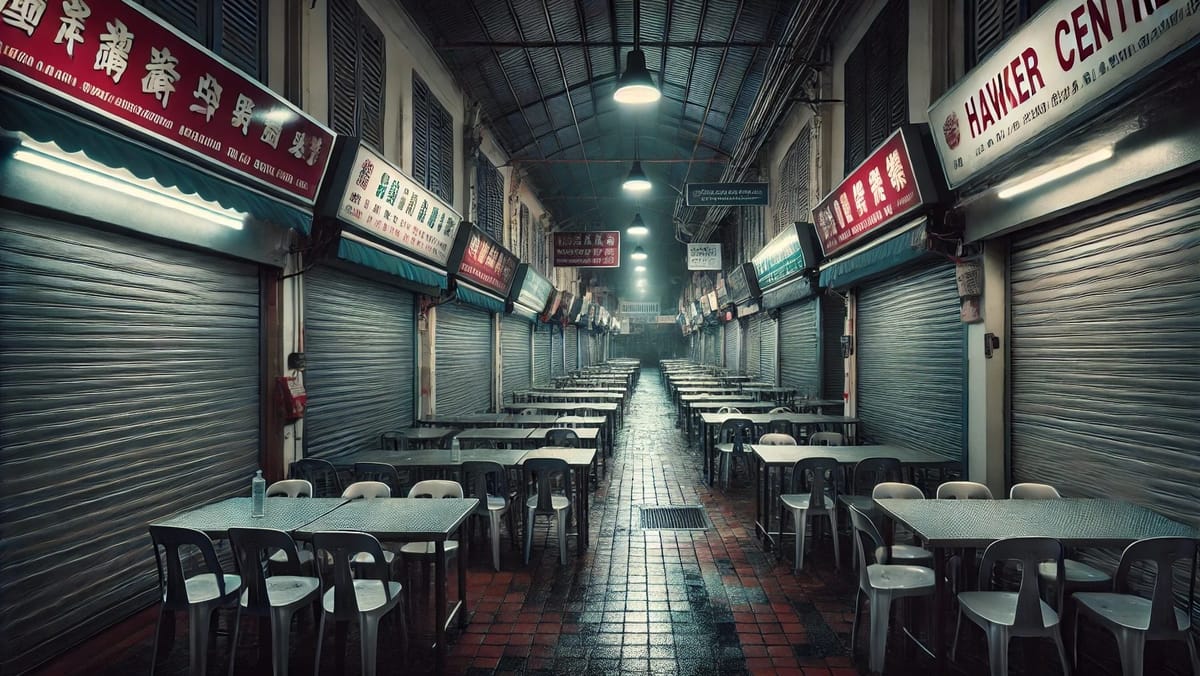Culinary Crisis: 307 Singapore Restaurants Close Monthly
Restaurant closures in Singapore have reached a record 307 per month in 2025, highlighting deep economic and behavioral shifts.

Singapore’s food and beverage sector is experiencing an unprecedented crisis. Official government data shows that in 2025 alone, an average of 307 restaurants and F&B outlets close every month—a record high since 2005. This wave of shutdowns reflects real, systemic pressure facing the entire culinary ecosystem, as rising costs and shifting consumer habits reshape the city-state’s famed dining landscape.
Rising restaurant closures in Singapore are not merely viral rumors, but hard facts supported by data from Reuters and local agencies. The closures strike every segment: from traditional hawker stalls to Michelin-starred venues. Notable establishments such as Art di Daniele Sperindio, Sommer, Braci, and the renowned Smoke & Mirrors rooftop bar have all shut their doors. In 2024 alone, Enterprise Singapore recorded more than 3,000 F&B outlets shutting down, the highest tally in two decades.
A Spike in Restaurant Closures
The increase in restaurant closures across Singapore is stark. In the past year, the average monthly closure figure surged to 307 outlets—up from 254 per month in 2024, and from just 230 in 2022–2023.
Soaring operational costs have become the main culprit: higher rents, wage inflation, soaring utility bills, and rising raw material prices form a perfect storm for operators. The situation is worsened by changing post-pandemic consumer behavior. Many Singaporeans now prefer spending on travel or shopping abroad—particularly in Malaysia and Thailand, where meals can cost 30–40% less.
Insights from Industry Stakeholders
Alvin Goh, owner of Wine RVLT, told Reuters that he has had to continually inject capital since mid-2023 just to cover rent, wages, and supplier costs. Maybank economist Brian Lee also notes that stubbornly high operating costs are pushing many businesses to the brink.
Food blogger Seth Lui observes that this wave is forcing the F&B landscape to pivot toward fast-food concepts, automation, and franchises, while uniquely Singaporean concepts are fading under the weight of cost pressures and declining dine-out rates.
Economic Impact and F&B Sector Resilience
The massive closure of restaurants has a direct impact on Singapore’s economy and its reputation as Asia’s culinary capital. It also weighs on domestic growth—core inflation has dropped to around 1%, signaling possible deflation in several sectors. Singapore’s central bank, MAS, is now treading carefully with monetary policy, amid slowing consumption and global growth.
Yet, despite these closures, the F&B sector still shows resilience. In 2024, there were 3,793 new outlets opened, proof that the industry remains dynamic and capable of adaptation. Innovative businesses focusing on delivery, healthy foods, and niche catering have found growth opportunities by optimizing efficiency and customer experience.
The ongoing crisis in Singapore’s restaurant industry offers a vital lesson on resilience and adaptation in a challenging era. While the wave of closures has not subsided, entrepreneurs who innovate and move quickly can still find opportunity amid adversity. The data tells a clear story: the surge in Singapore restaurant closures is a stark reality, demanding new strategies—not passive hope—to weather the storm.





Comments ()